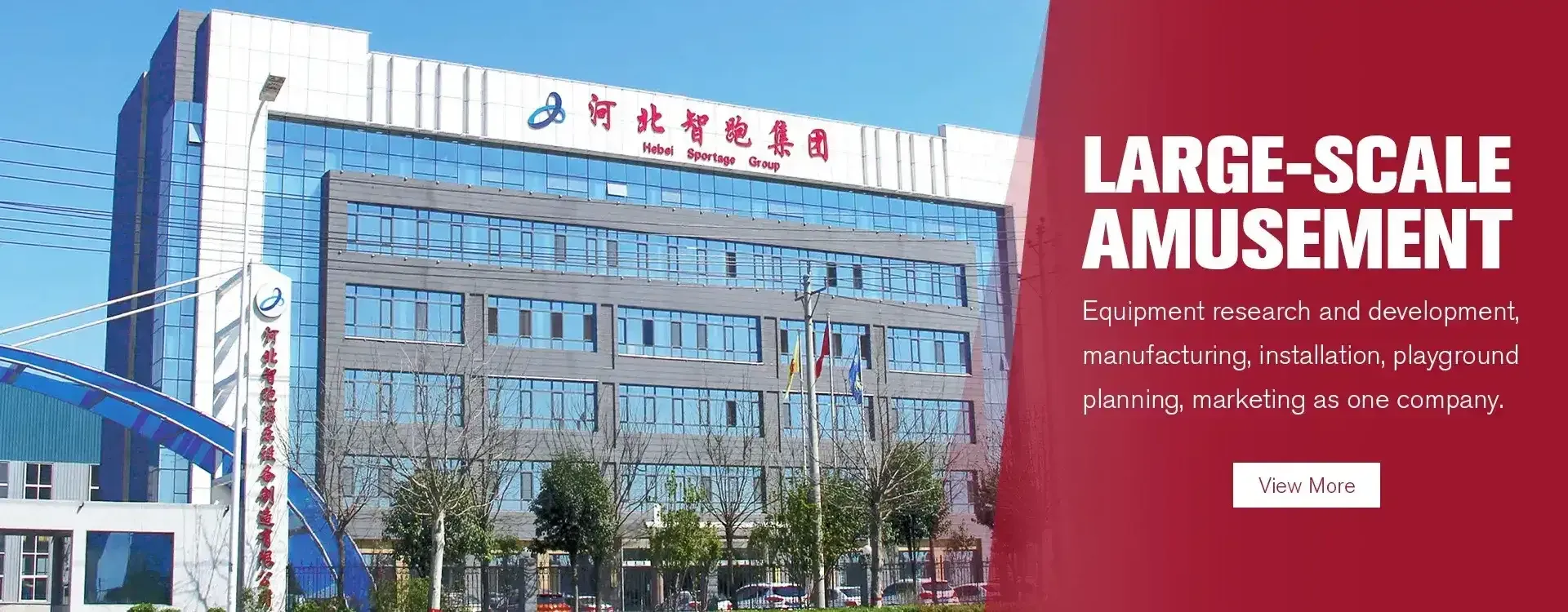- Albanian
- Arabic
- Belarusian
- Bengali
- Czech
- English
- French
- German
- Hebrew
- Hungarian
- Indonesian
- irish
- Italian
- Japanese
- kazakh
- Persian
- Russian
- Thai
- Uzbek
- Vietnamese
roller coaster cost
The Costs of Roller Coaster Construction A Look Behind the Thrills
Roller coasters are one of the most iconic attractions of amusement parks worldwide, drawing millions of thrill-seekers every year. They offer exhilarating experiences, creating a perfect blend of speed, height, and adrenaline. However, behind the screams of excitement lies a complex web of costs associated with the design, construction, and maintenance of these thrilling rides. Understanding the financial aspects of roller coaster construction can illuminate why these exhilarating experiences often come with a hefty price tag.
The Initial Investment
The initial cost of building a roller coaster can vary dramatically based on several factors, including its size, design, location, and the materials used. On average, a roller coaster can cost anywhere from $1 million to over $25 million. For instance, smaller coasters, like family-friendly rides, might fall on the lower end of the price spectrum, while the high-tech, multi-million dollar roller coasters boasting elaborate themes and advanced technology could reach the higher end.
One of the most significant factors influencing costs is the design complexity. Custom-designed roller coasters, which are tailored to fit a specific space or theme, tend to be more expensive than off-the-shelf models. Unique designs can also require more engineering expertise, leading to higher labor costs. For example, coasters that feature unusual loops, drops, or inversions often need advanced design and simulation software, increasing the expenses further.
Land and Site Preparation
Land acquisition is another critical cost factor. Amusement parks often need to secure prime locations that attract visitors, which can be expensive, especially in urban areas. Once the land is acquired, site preparation must begin. This includes clearing the area, grading the land, and ensuring that the structures can support the weight and dynamics of a roller coaster. Earth-moving equipment, excavation, and other preparations can quickly add tens of thousands, if not millions, to the overall budget.
Materials and Technology
roller coaster cost

The materials used in roller coaster construction also influence costs significantly. Steel coasters, for instance, require high-quality steel that can withstand enormous forces, while wooden coasters utilize a different set of materials and technologies. The safety and durability of these materials are paramount, and their costs can account for a substantial portion of the budget. Additionally, modern coasters often incorporate advanced technologies, such as computer-aided design, virtual reality experiences, and sophisticated control systems, further driving up costs.
Labor Costs
Labor costs also play a crucial role in the overall expenditure. The building of a roller coaster typically involves a large team of skilled workers, including engineers, electricians, and construction crews. Depending on the complexity and size of the project, hundreds, if not thousands, of man-hours may be required. In regions with a higher cost of living, labor expenses can be particularly pronounced, impacting the overall budget.
Ongoing Maintenance and Operational Costs
Once a roller coaster is operational, the costs do not end. Regular maintenance is essential for safety and longevity, involving inspections, repairs, and upgrades. Parks must invest substantially in training staff to manage and maintain the ride. Additionally, ongoing operational costs, including electricity, insurance, and staffing, can add to the financial burden. Maintaining a thrilling yet safe experience for riders is paramount, and these ongoing costs need to be factored into the overall financial planning of an amusement park.
Conclusion
The financial realm of roller coaster construction is as intricate as the rides themselves. Factors such as design complexity, land acquisition, materials, labor, and ongoing maintenance collectively influence the costs of these thrilling attractions. While the figures may seem daunting, investment in roller coasters can prove worthy, as they often serve as key draws for amusement parks, attracting visitors and generating revenue. In a constantly evolving industry, the challenge is to balance cost with creativity, ensuring that the experiences provided to thrill-seekers remain exhilarating and safe. As technology advances and visitor expectations rise, the costs associated with roller coasters might continue to soar, but so too will the excitement they bring to countless riders.
-
Flume Ride-Hebei Zhipao Amusement Equipment Manufacturing Co., Ltd.|Thrilling Water Attraction&Customizable DesignJul.30,2025
-
Flume Ride - Hebei Zhipao Amusement Equipment | Water Coaster, Thrilling DescentJul.30,2025
-
Flume Ride - Hebei Zhipao | Thrilling Water AttractionJul.30,2025
-
Flume Ride: Thrilling Water Attraction by Hebei Zhipao|Log Flume Manufacturers&Flume Ride DesignJul.30,2025
-
Flume Ride-Hebei Zhipao Amusement Equipment Manufacturing Co., Ltd.|Thrilling Water Coaster, Safe DesignJul.30,2025
-
Flume Ride-Hebei Zhipao Amusement Equipment Manufacturing Co., Ltd.|Thrilling Water Attraction, Safe DesignJul.30,2025
